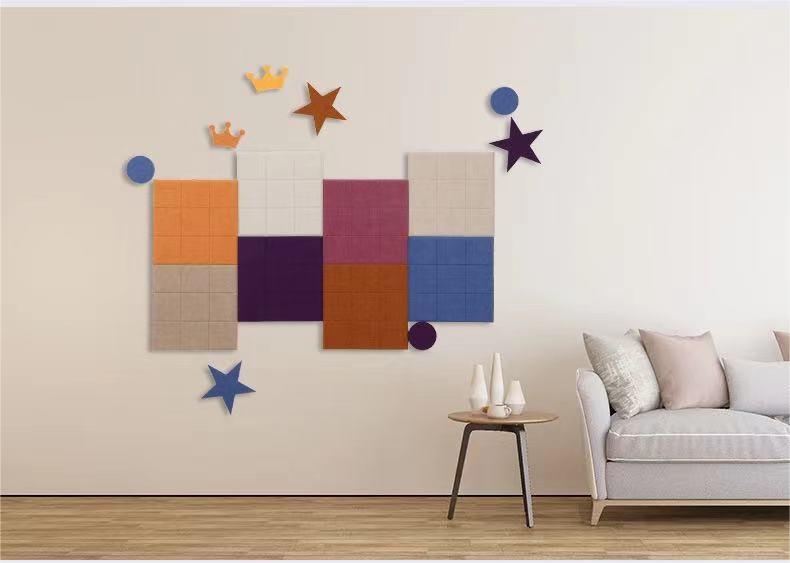The Versatility of Wood Panels A Comprehensive Overview
Wood panels have long been cherished in both residential and commercial settings, serving a multitude of functions while offering numerous aesthetic and practical advantages. As a versatile building material, wood panels can manifest in various forms, including plywood, particleboard, medium-density fiberboard (MDF), and solid wood panels. Each type presents unique characteristics that cater to different needs, making wood an enduring choice in architecture, furniture design, and interior decor.
Types of Wood Panels
1. Plywood Constructed from thin layers of wood veneer glued together, plywood is highly regarded for its strength and stability. It reduces the likelihood of warping and cracking, making it ideal for structural applications such as subflooring, roofing, and wall sheathing. Additionally, plywood can be laminated or veneered with decorative wood, enhancing its aesthetic appeal in furniture and cabinetry.
2. Particleboard This engineered wood product is made from wood chips, sawmill shavings, and sawdust, bound together by adhesives under high pressure and heat. Particleboard is often used as a cost-effective alternative to solid wood for furniture, cabinetry, and melamine-laminated panels. While it may not be as strong as plywood, it provides good thermal and acoustic insulation and can be easily finished to achieve an appealing look.
3. Medium-Density Fiberboard (MDF) Known for its smooth surface and versatility, MDF is made from wood fibers compressed with adhesives. Its uniform texture makes it an excellent choice for intricate designs, such as moldings and carvings. MDF can be painted or veneered, allowing for significant customization in aesthetics. Its density and weight, however, require careful handling and mounting in projects.
wood panel

4. Solid Wood Panels Made from planks of real wood, solid wood panels offer unparalleled beauty and durability. They can be used in various applications, from flooring and cabinetry to custom furniture. The natural grain patterns and textures add warmth and character to any space, but they do require more maintenance to prevent warping or damage from moisture.
Applications in Design and Construction
Wood panels are incredibly versatile and find applications across various industries. In residential construction, they are commonly used for flooring, walls, and cabinetry due to their ability to create a warm and inviting atmosphere. In commercial spaces, wood panels can be utilized for acoustic treatments, wall cladding, and office furnishings that combine functionality with sophisticated aesthetics.
Moreover, wood panels are increasingly being embraced in sustainable design. Many manufacturers now produce panels from reclaimed or sustainably sourced wood, aligning with environmentally conscious practices. This shift not only reduces the environmental impact of wood production but also promotes the use of materials that tell a story and contribute to the uniqueness of a space.
Conclusion
In summary, wood panels represent a timeless and adaptable solution for various design and construction needs. Their different types cater to a wide array of applications, from structural components to decorative features. As technology advances and sustainability becomes increasingly important in design, the variety and quality of wood panel products are likely to expand further. Whether one seeks a rustic charm or modern elegance, wood panels can meet these aesthetic demands while providing the durability and performance that are essential in today’s building materials. Ultimately, the continued evolution of wood panels reflects their significance in crafting functional, beautiful spaces that stand the test of time.
-
The Versatility Of Acoustic Wall Panels Makes Them Suitable For Various SettingsNewsOct.28,2024
-
More Enjoyable Solutions For Your SpaceNewsOct.28,2024
-
Give You A Comfortable And Quiet EnvironmentNewsOct.28,2024
-
Elevate Your Sound Experience with Acoustic SolutionsNewsOct.28,2024
-
Create Quiet Spaces with Wooden Acoustic PanelsNewsOct.28,2024
-
Achieve Superior Sound Quality And Stylish Design With Felt Wall PanelsNewsOct.28,2024
